In a striking display of resilience, Italy’s northern real estate market continues to defy economic headwinds, with Milan and Monza emerging as frontrunners in property value appreciation. The latest data from the Chamber of Commerce of Milan, Monza, and Lodi reveals a robust growth trajectory, particularly in these key urban centers, despite a concurrent slowdown in transaction volumes.
Milan: The Unstoppable Metropolis
Milan, Italy’s financial and fashion capital, maintains its allure for property investors, recording a 2% increase in residential real estate prices during the first half of 2024. This uptick brings the average price per square meter to a substantial €6,520, reinforcing the city’s status as a prime real estate market in Europe.
The city’s southern district has emerged as the hotspot for growth, experiencing a remarkable 6% surge in property values. This trend underscores the evolving dynamics of Milan’s urban landscape, with previously overlooked areas now capturing investor interest.
Monza: The Dark Horse of Italian Real Estate
In a surprising turn of events, Monza has outpaced its more famous neighbor, posting an impressive 7% growth in property prices. With average values now reaching €3,444 per square meter, Monza is rapidly positioning itself as an attractive alternative for investors priced out of Milan’s premium market.
The city’s northern sector has been particularly dynamic, with prices soaring by 9% to reach an average of €3,869 per square meter. This surge indicates a growing recognition of Monza’s potential as a residential and investment destination.
Market Challenges and Future Outlook
Despite the positive price trends, both Milan and Monza face headwinds in terms of transaction volumes. Milan witnessed a 13% decline in residential property transactions in the first quarter of 2024 compared to the previous year, with similar trends observed in Monza and Lodi.
Guido Bardelli, Milan’s Housing Councilor, acknowledges the pressing need to address affordability concerns. “Milan’s attractiveness now poses a challenge: ensuring housing accessibility for the middle class struggling with current market costs,” Bardelli states, highlighting the city’s commitment to expanding social housing initiatives.
Investment Implications
For investors, the current market dynamics present both opportunities and challenges. The continued price appreciation in prime locations suggests potential for capital gains, particularly in emerging areas like Milan’s southern district or Monza’s northern sector. However, the decline in transaction volumes signals a need for cautious strategy, with a focus on long-term value rather than quick turnovers.
As Italy’s northern real estate market navigates through these complex trends, it remains a beacon of growth in Europe’s property landscape. With strategic policy interventions and innovative development approaches, cities like Milan and Monza are poised to maintain their appeal, balancing growth with accessibility in the years to come.



